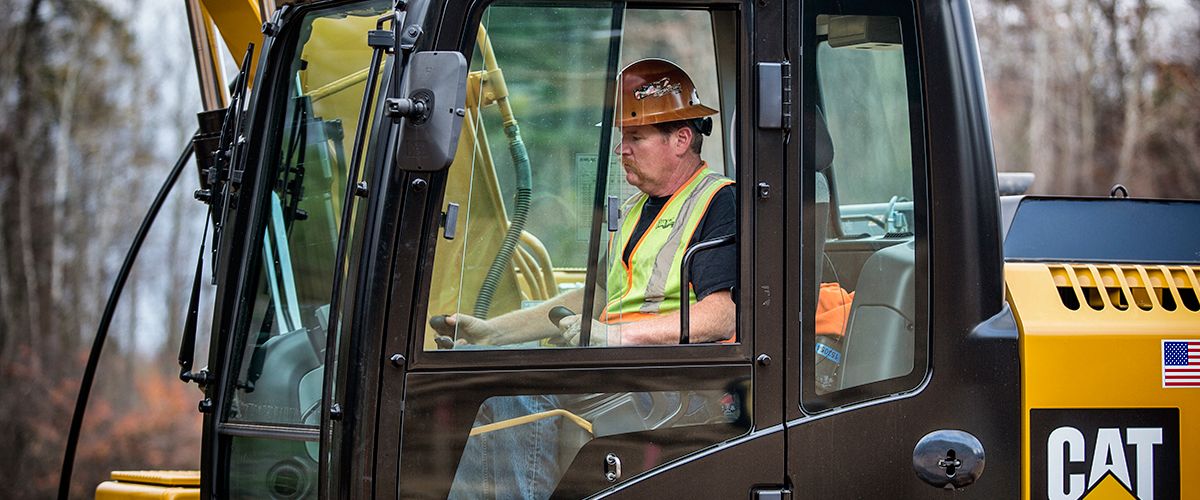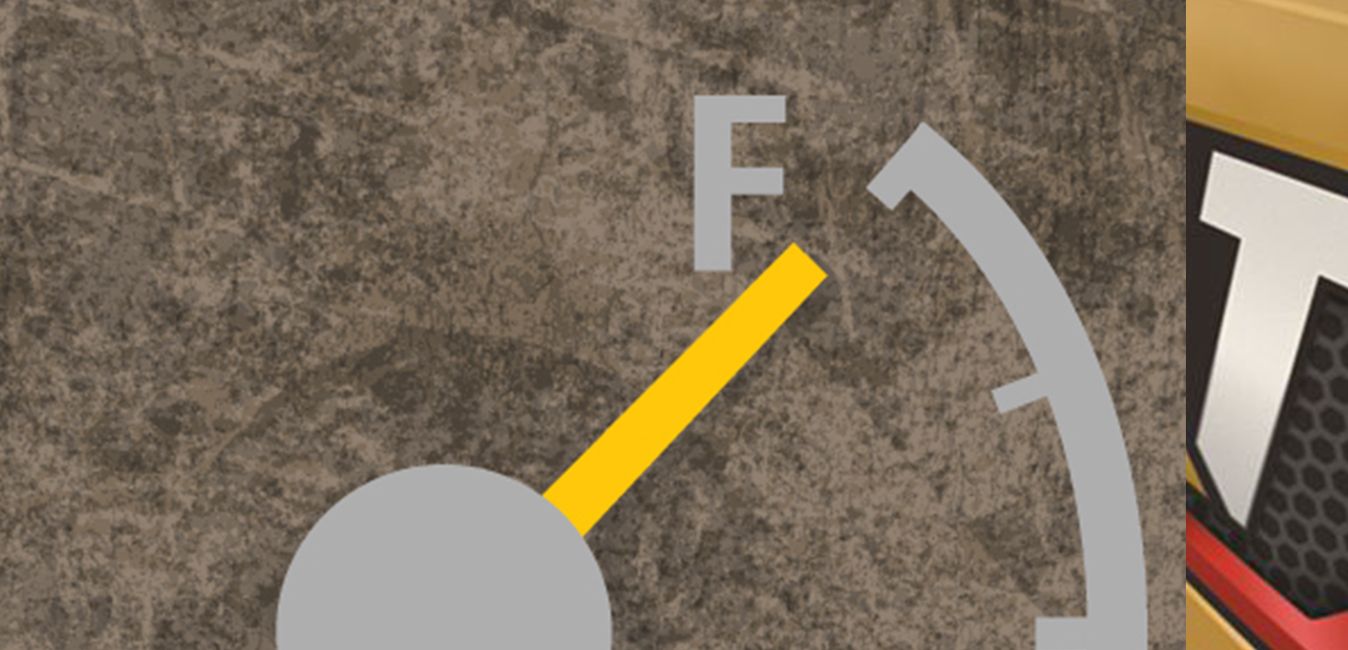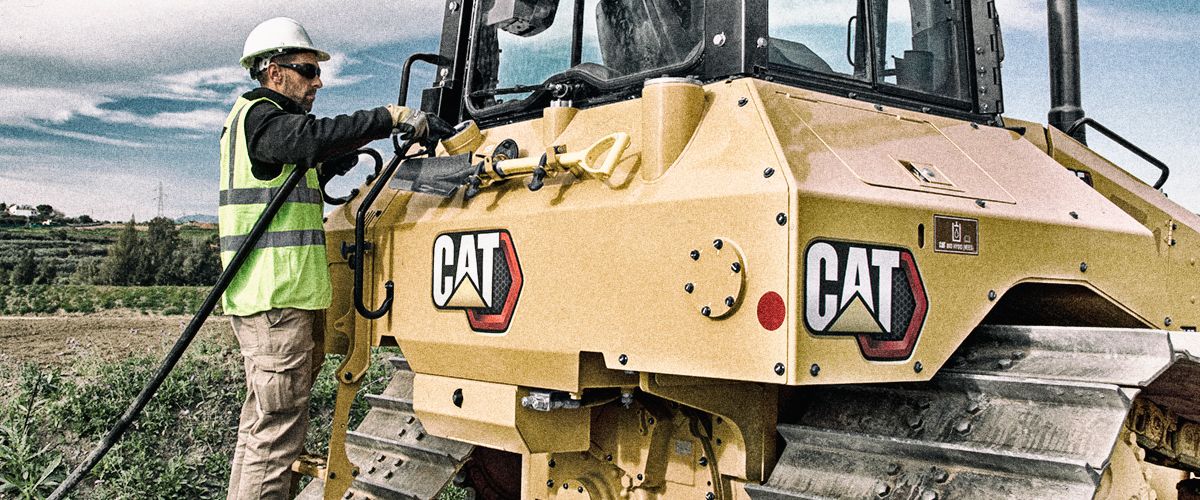

Sign In
Welcome! Sign In to personalize your Cat.com experience
If you already have an existing account with another Cat App, you can use the same account to sign in here
Register Now
One Account. All of Cat.
Your Caterpillar account is the single account you use to log in to select services and applications we offer. Shop for parts and machines online, manage your fleet, go mobile, and more.
Account Information
Site Settings
Security
New Ways to Burn Less: The Latest in Fuel Efficiency
Posted: May 11, 2023
With fuel holding steady as the largest operating cost for most fleets, it’s a profitable choice to be on the lookout for new ways to burn less. It’s a big priority for equipment makers, too. More stringent emissions standards pushed manufacturers to develop engines that run cleaner with many of those advancements resulting in big gains in fuel efficiency, too. But there’s more on the horizon. Keep your eye out for these innovations — some are already available, and some you may see in the near future.
TAKE ADVANTAGE OF THESE FUEL-SAVING INNOVATIONS TODAY
“Auto” improvements: Since idle time is enemy number one when it comes to fuel efficiency, many manufacturers now offer idle management systems on equipment. Auto-idle technology can automatically reduce engine rpm to idle rpm (or below), decreasing idle fuel consumption to less than a gallon per hour. Auto shutdown systems power down a machine if it’s been idling for a preset amount of time.
Varying power modes: Not every job requires the machine to operate at full power, where it burns the most fuel. Work modes let the operator choose the most efficient power level for the task at hand. Many machines feature an “eco” setting for maximum fuel savings.
Onboard technology: Designed to help operators work more quickly and accurately, systems like grade control, payload measurement and compaction management offer the added benefit of improved fuel efficiency. Reducing the time and effort required to finish a job — while eliminating errors and rework — cuts down on fuel consumption.
LOOK FOR THESE TECHNOLOGIES TOMORROW
Waste heat recovery (WHR): Did you know about 50% of the energy produced by a diesel engine is wasted? Exhaust heat makes up about half of that. WHR systems look to capture that lost exhaust energy and re-use it, so you get more out of the fuel you burn.
Variable valve actuation (VVA): Already in use in automotive applications, VVA allows an engine to operate in a higher efficiency range. Applying similar technology to construction equipment could mean a 2-3% fuel efficiency gain.
Closed loop combustion control: Another technology already proven in the automotive industry, closed loop combustion allows monitoring and control of the combustion process in real time. By optimizing efficiency across different operating conditions and environments, it could lead to 2-4% improvement in fuel efficiency.
Intelligent foot pedals: Some manufacturers are looking into controls that provide physical feedback to the operator — like foot pedals that vibrate when they accelerate too hard or provide resistance when they need to back off the speed. The goal is to help break the bad habits that can increase fuel consumption.
Cameras vs. mirrors: In Japan, it’s now legal for car manufacturers to replace side mirrors with cameras, as a way to improve safety by eliminating blind spots. But it’s also estimated to improve fuel efficiency by as much as 5%. Could the same hold true for construction equipment?
Would your operation benefit from some of these fuel-saving innovations? Use our simple fuel efficiency calculator to benchmark where you are today, then talk to your local Cat® dealer about the technology available right now to help you burn less and save more.
RELATED ARTICLES
You’re here to get ideas to grow your business. Read on for machine insights and expert tips and tricks to get more out of every job.
-
Three Ways to Save on Fuel
With fuel consistently at or near the top of your annual operating expenses, it doesn’t really matter if the price of diesel is up or down. Any savings you make in the area of fuel consumption go straight to your bottom line.
Learn More -
Quarry Profile : Gravière D’epeisses
Discover the Gravière D’epeisses done with A Cat 982 XE wheeled loader.
Learn More



